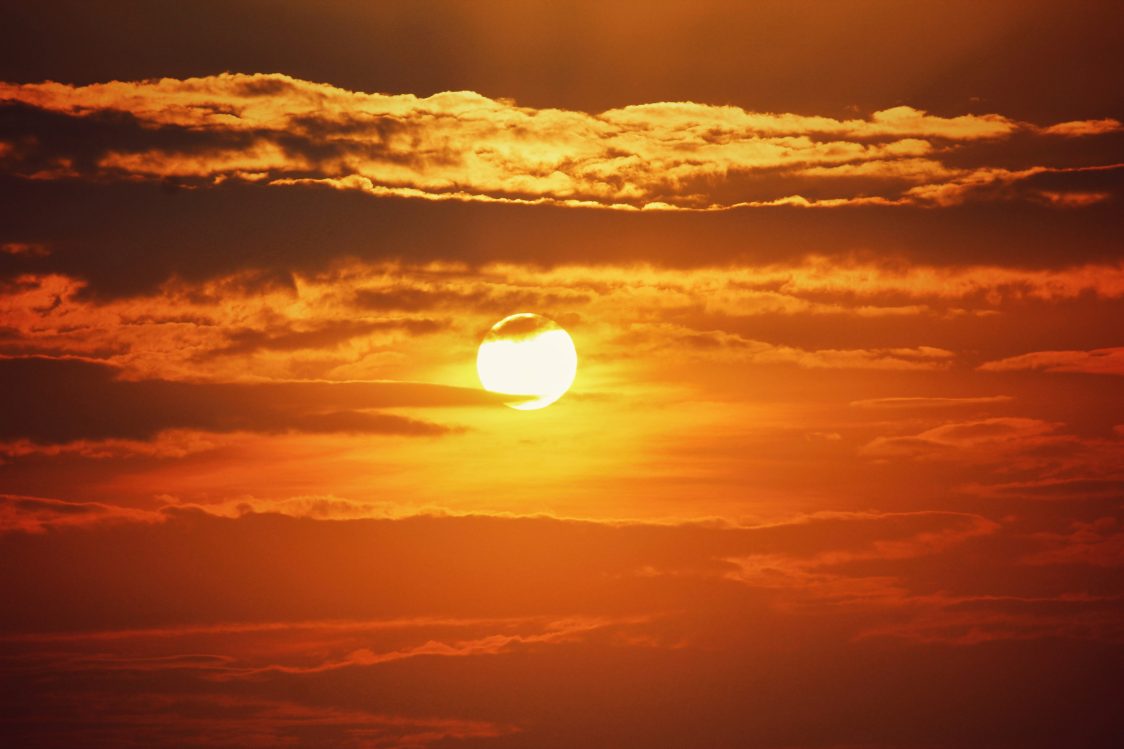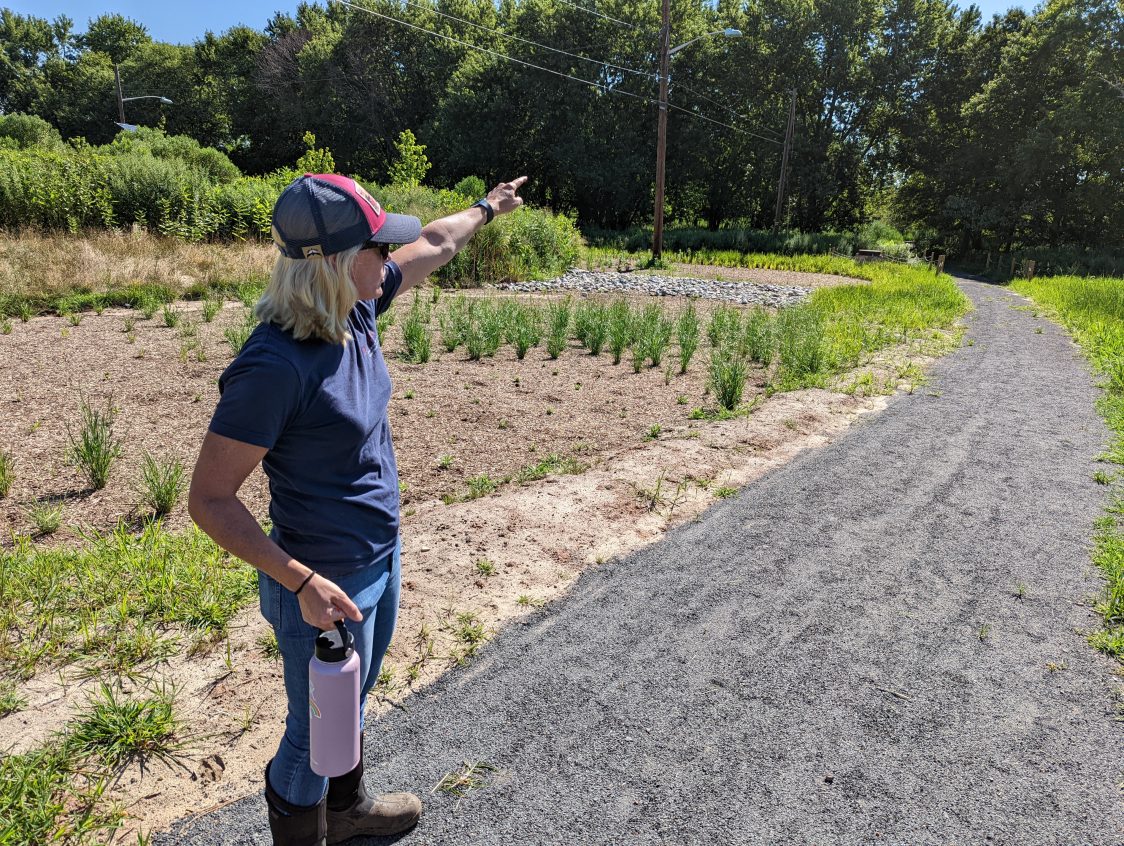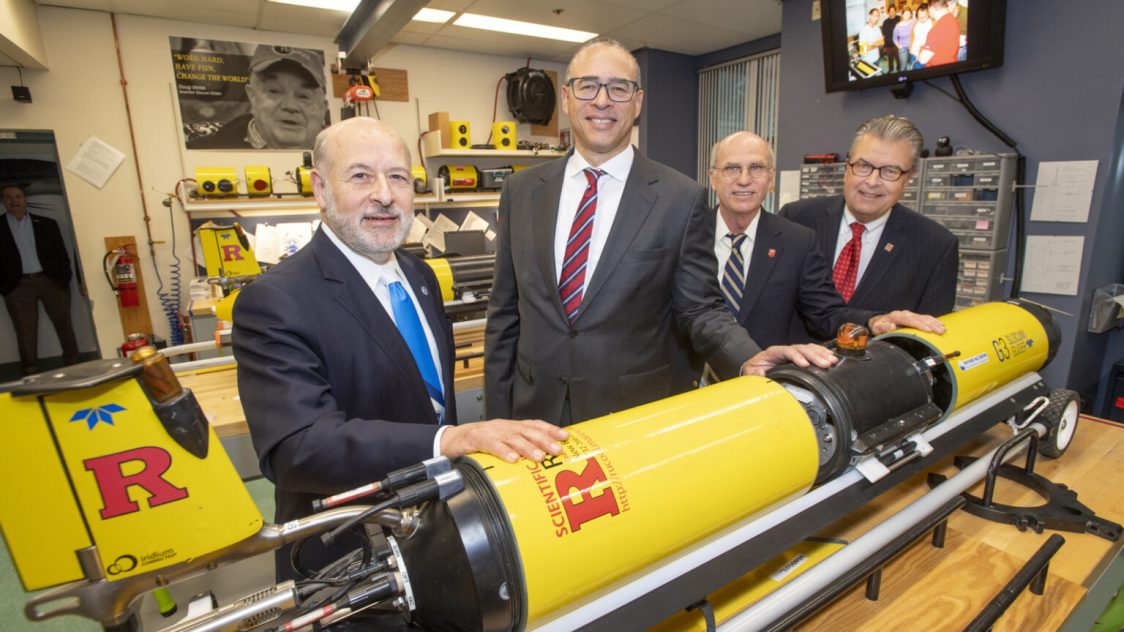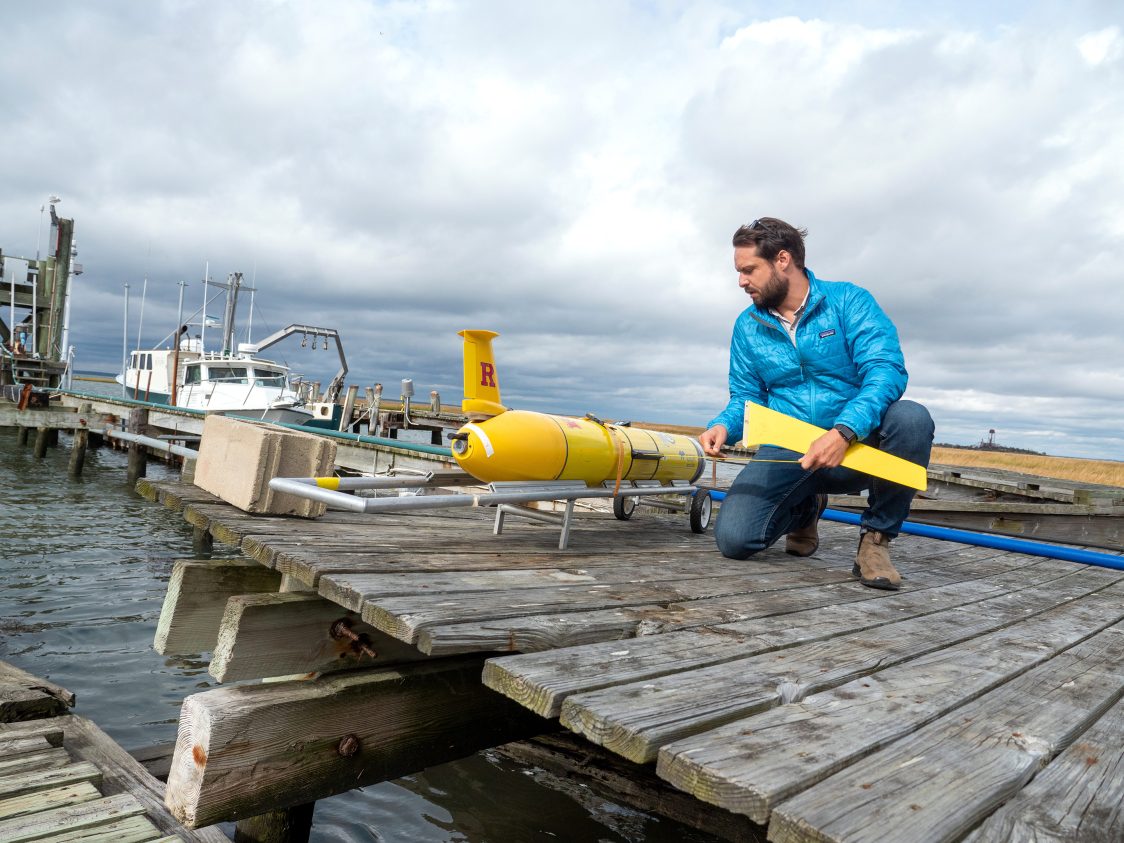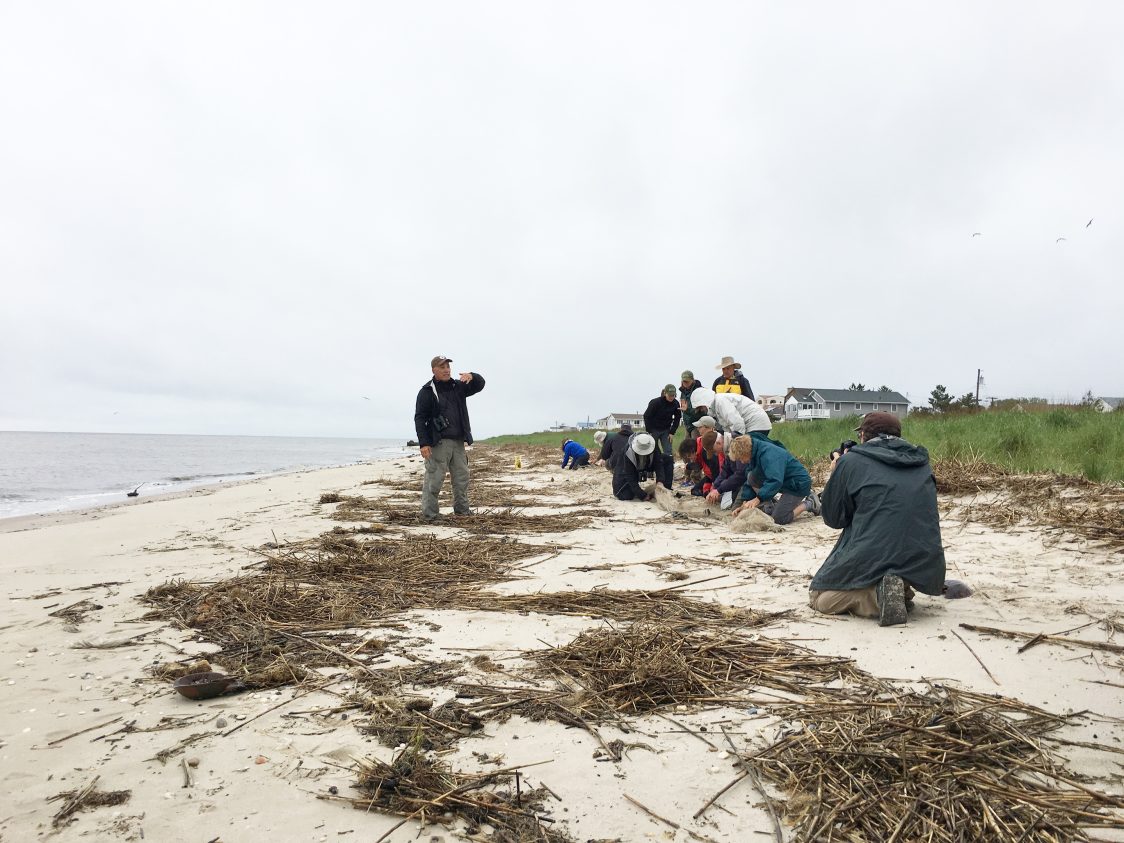Rutgers-led report details 2022 climate trends for state and local leaders. New Jersey’s summer of 2022, with the warmest August on record and the lowest rainfall levels seen in more than 50 years, offers a glimpse into how climate change may affect future summers in the Garden State, according to a new report being released by researchers from Rutgers and …
Rising Waters on Our Coasts and What It Means for Public Access?
New Jersey law ensures the public’s right to access coastal shorelines and waters. To help people know where to access tidal waterways and get information about the amenities at each location, the state has an online map that shows over 3,900 public access points. However, the impacts of climate change are likely to affect public access to New Jersey’s coast. Many locations …
A Different Way to Think About Flooding
A map of flood zones in New Jersey shows a state covered in blue, revealing that many residents live in areas susceptible to flooding. “You feel quite vulnerable looking at that map,” says Rutgers ecologist Brooke Maslo, “For sure.” The New Jersey Department of Environmental Protection uses federal dollars to buy out the homeowners of some of those flood-prone properties. …
RU COOL Marks 30th Anniversary at the Forefront of Climate Change Research and Ocean Discovery
Rutgers, NOAA, and glider maker mark RUCOOL milestone. For 30 years, Rutgers’ Center for Ocean Observing Leadership (RUCOOL) has taken the lead in pioneering research that has changed our understanding of the oceans and the way information is collected. National Oceanic and Atmospheric Administration (NOAA) Administrator Rick Spinrad joined Rutgers President Jonathan Holloway and marine and coastal science researchers and …
On 10th Anniversary of Hurricane Sandy, New Jerseyans Believe in Climate Change, See It as a Threat, and Are Concerned About Its Effects
Support for Various Climate-Related Policies, but Not How to Pay for It As the 10-year anniversary of Hurricane Sandy approaches and more than a year out from Hurricane Ida, the vast majority of New Jerseyan believe the Earth’s climate is changing, see it as a serious threat to the state and are concerned about the effects of changing climate conditions …
Data-Visualization and Mapping Tools Help New Jersey Communities Plan for Climate Change
The expanded suite of apps will assist decision-makers to predict and prepare for future events and conditions. New Jersey residents and planners alike have a new set of decision-support tools to help prepare their communities for climate change, thanks to a suite of data-visualization and mapping tools developed at Rutgers University’s New Jersey Climate Change Resource Center. The tools are part …
Living at the Shore After Sandy: Should Residents Stay – or Go?
New Jersey needs to plan for at least a 3-foot sea level rise by 2100, Rutgers researchers warn. Whether to buy or build a home at the Jersey Shore has become more complicated and personal for Kenneth Miller – a Rutgers expert in sea level change and global warming – since Superstorm Sandy struck New Jersey’s seaside communities a decade …
Rutgers Sandy Operation Helps Forecasters Predict Severe Storms, Saving Livelihood Worldwide
Researchers continue to advance hurricane science, leading to increased forecast accuracy and lead times. As Superstorm Sandy approached the New Jersey coastline, a single Rutgers glider deployed off Tuckerton by hurricane scientists at Rutgers University Center for Ocean Observing Leadership (RUCOOL), provided an ominous warning. The water mass known as the “Mid-Atlantic cold pool”– an area of cool water off the coast that traditionally …
How Rutgers Is Forging the Next Generation of Climate Change Problem Solvers
Training program created in wake of Superstorm Sandy brings graduate students from varied disciplines together to solve real-world climate problems. As a child, Dan Blanco watched low-income neighborhoods in his native Chicago flood during storms while the more affluent enclaves did not. Now, he is pursuing a doctoral degree in atmospheric sciences at Rutgers so he can further explore – …
Living Shoreline Combats Coastal Erosion Caused by Sea Level Rise
Rutgers scientists and high school volunteers from Camden are using nature to mitigate the effects of coastal erosion in southern New Jersey. Together they built a living shoreline, near the New Jersey Aquaculture Innovation Center in Cape May, that uses marsh grasses and recycled oyster and clam shells. The shells, incorporated into modified concrete blocks called oyster castles, fit together like Legos to …



